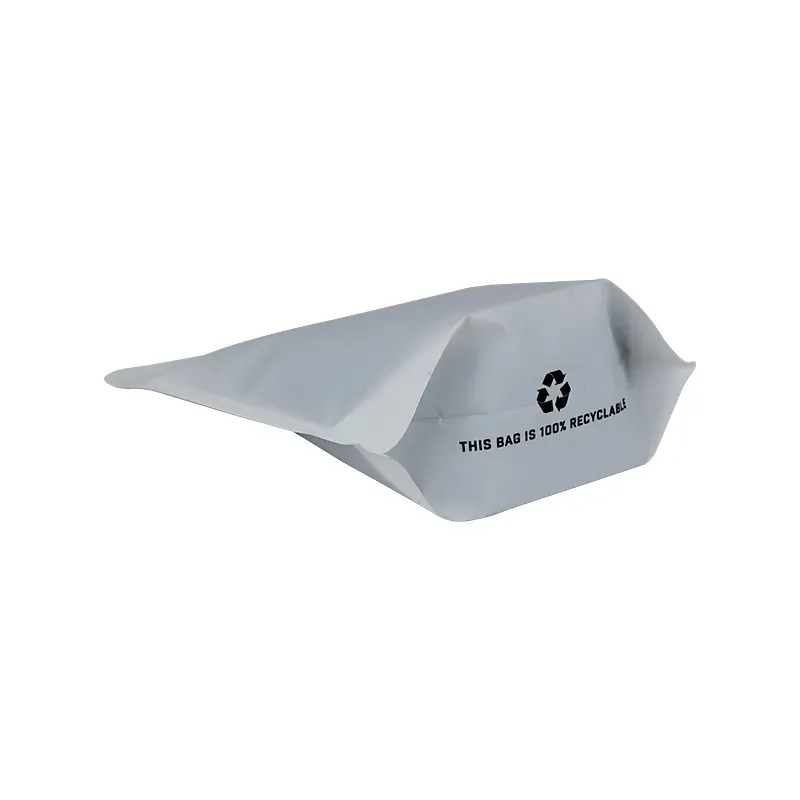Email: enid@bc-pak.com
Tel: 86-757- 88811186
- Afrikaans
- Albanian
- Amharic
- Arabic
- Armenian
- Azerbaijani
- Basque
- Belarusian
- Bengali
- Bosnian
- Bulgarian
- Catalan
- Cebuano
- chinese_simplified
- chinese_traditional
- Corsican
- Croatian
- Czech
- Danish
- Dutch
- English
- Esperanto
- Estonian
- Finnish
- French
- Frisian
- Galician
- Georgian
- German
- Greek
- Gujarati
- haitian_creole
- hausa
- hawaiian
- Hebrew
- Hindi
- Miao
- Hungarian
- Icelandic
- igbo
- Indonesian
- irish
- Italian
- Japanese
- Javanese
- Kannada
- kazakh
- Khmer
- Rwandese
- Korean
- Kurdish
- Kyrgyz
- Lao
- Latin
- Latvian
- Lithuanian
- Luxembourgish
- Macedonian
- Malgashi
- Malay
- Malayalam
- Maltese
- Maori
- Marathi
- Mongolian
- Myanmar
- Nepali
- Norwegian
- Norwegian
- Occitan
- Pashto
- Persian
- Polish
- Portuguese
- Punjabi
- Romanian
- Russian
- Samoan
- scottish-gaelic
- Serbian
- Sesotho
- Shona
- Sindhi
- Sinhala
- Slovak
- Slovenian
- Somali
- Spanish
- Sundanese
- Swahili
- Swedish
- Tagalog
- Tajik
- Tamil
- Tatar
- Telugu
- Thai
- Turkish
- Turkmen
- Ukrainian
- Urdu
- Uighur
- Uzbek
- Vietnamese
- Welsh
- Bantu
- Yiddish
- Yoruba
- Zulu
Kraft Stand Up Pouches
Views :
Update time : Feb . 12, 2025 14:15
---
3. Glass Packaging Renowned for its premium image and recyclability, glass packaging is a trusted material in industries such as cosmetics, food and beverage, and pharmaceuticals. Its impermeable nature ensures that product quality is preserved, as it acts as a barrier to gases and microbes. Experts in product packaging advise that glass not only enhances product display through its transparency but also elevates brand value by associating products with luxury and quality. However, manufacturers must navigate challenges associated with its weight and fragility, which can impact transportation costs and handling. Experience from leading brands indicates that investing in protective and innovative packaging solutions, such as tamper-evident seals and custom shapes, can address these concerns. Embracing a circular economy approach, where glass is reused or recycled, aligns with sustainability goals and can offer a distinctive competitive advantage. 4. Metal Packaging Metal packaging, essentially aluminum and steel, offers robust protection and a long shelf life, particularly for food and beverages. Its resistance to physical damage and ability to shield contents from light, oxygen, and bacteria is unparalleled. The expertise in this domain suggests metal packaging can significantly boost product preservation, making it ideal for perishable goods. Furthermore, advances in metal can design allow for eye-catching decorations and branding opportunities. Industry leaders stress the importance of investing in automated packaging lines that can enhance efficiency and reduce costs. Metal's recyclability further complements sustainable packaging strategies, appealing to an eco-conscious demographic. Real-world examples demonstrate the effectiveness of metal packaging in expanding market reach and maintaining product integrity over extended periods. Teams considering metal should weigh its higher initial production costs against the benefits of increased durability and premium appearance. By understanding these four types of packaging materials, businesses can make informed decisions that support their product goals, resonate with target audiences, and align with ethical and environmental standards. The path to effective packaging is paved with innovation, expert insights, and real-life applications that together ensure your brand's success in a competitive marketplace.


3. Glass Packaging Renowned for its premium image and recyclability, glass packaging is a trusted material in industries such as cosmetics, food and beverage, and pharmaceuticals. Its impermeable nature ensures that product quality is preserved, as it acts as a barrier to gases and microbes. Experts in product packaging advise that glass not only enhances product display through its transparency but also elevates brand value by associating products with luxury and quality. However, manufacturers must navigate challenges associated with its weight and fragility, which can impact transportation costs and handling. Experience from leading brands indicates that investing in protective and innovative packaging solutions, such as tamper-evident seals and custom shapes, can address these concerns. Embracing a circular economy approach, where glass is reused or recycled, aligns with sustainability goals and can offer a distinctive competitive advantage. 4. Metal Packaging Metal packaging, essentially aluminum and steel, offers robust protection and a long shelf life, particularly for food and beverages. Its resistance to physical damage and ability to shield contents from light, oxygen, and bacteria is unparalleled. The expertise in this domain suggests metal packaging can significantly boost product preservation, making it ideal for perishable goods. Furthermore, advances in metal can design allow for eye-catching decorations and branding opportunities. Industry leaders stress the importance of investing in automated packaging lines that can enhance efficiency and reduce costs. Metal's recyclability further complements sustainable packaging strategies, appealing to an eco-conscious demographic. Real-world examples demonstrate the effectiveness of metal packaging in expanding market reach and maintaining product integrity over extended periods. Teams considering metal should weigh its higher initial production costs against the benefits of increased durability and premium appearance. By understanding these four types of packaging materials, businesses can make informed decisions that support their product goals, resonate with target audiences, and align with ethical and environmental standards. The path to effective packaging is paved with innovation, expert insights, and real-life applications that together ensure your brand's success in a competitive marketplace.
Recommend products
Read More >>
Related News
Read More >>













